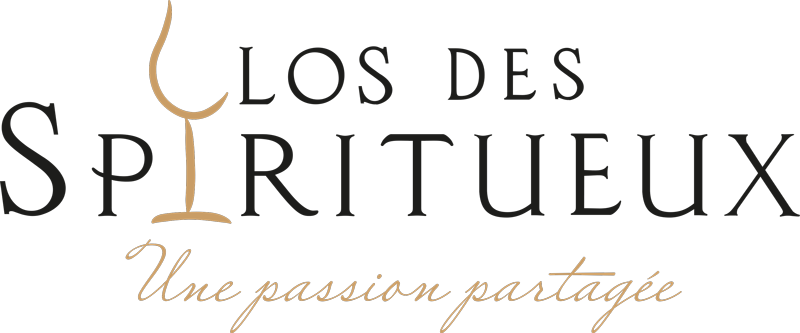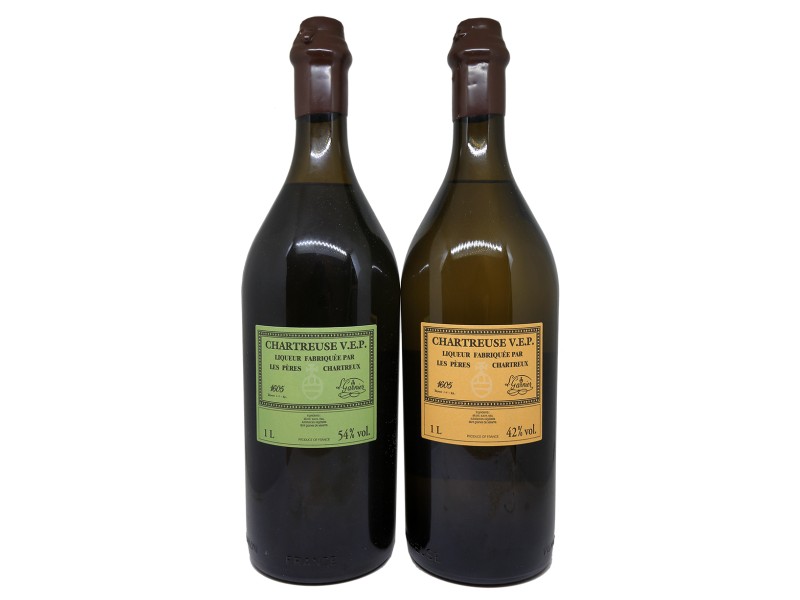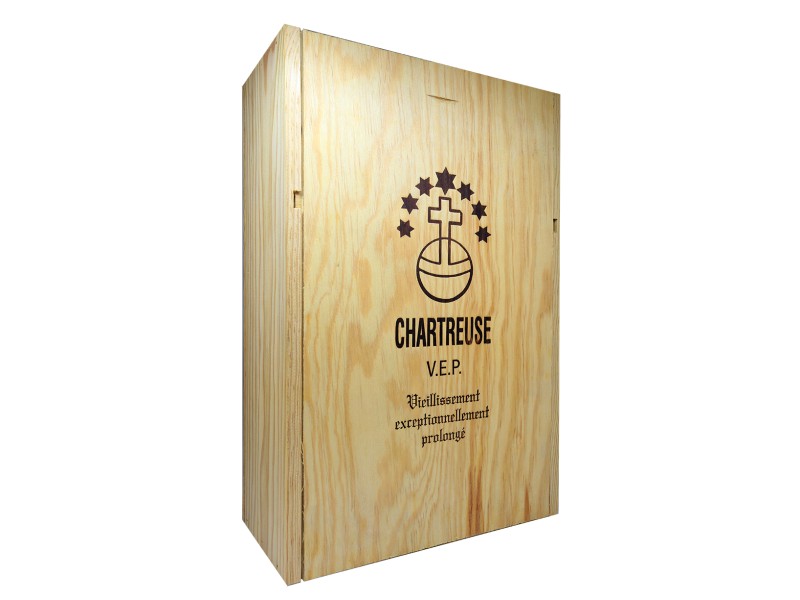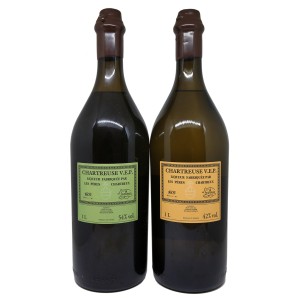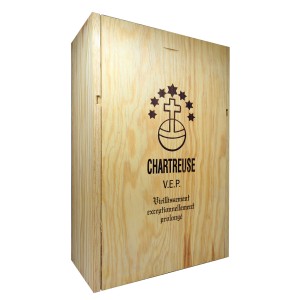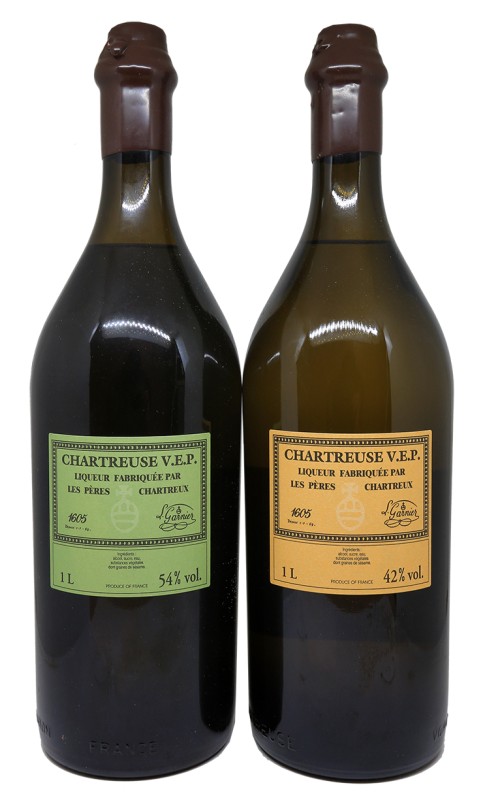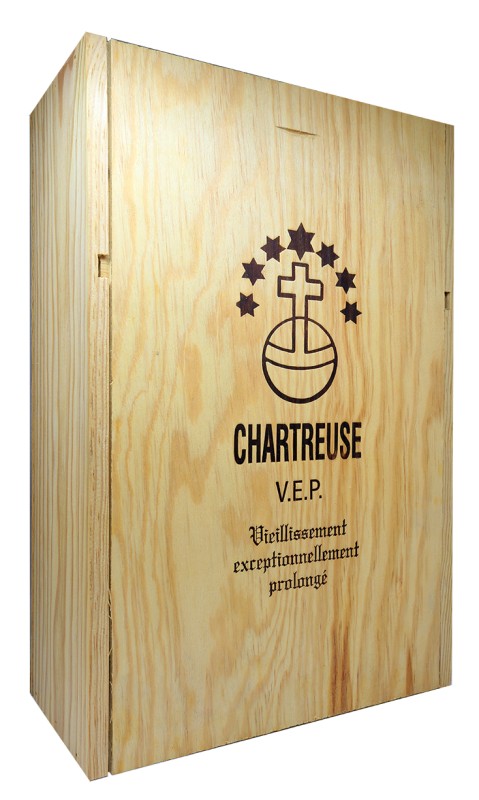CHARTREUSE GREEN VEP + YELLOW VEP BOX SET
The Order of the Chartreuse existed for over 500 years when, in 1605, at a Chartreuse monastery in Vauvert, a small suburb of Paris, the monks received a gift from Duke François Hannibal d'Estrées: an ancient manuscript of an "Elixir" nicknamed "Elixir of Long Life." This manuscript was likely the work of a 16th-century alchemist with a deep knowledge of herbs and the skill to blend, infuse, and macerate all 130 of them to form a perfectly balanced tonic. The recipe for the manuscript was so complex that only fragments were understood and used at Vauvert. In the early 18th century, the manuscript was sent to the Order's Mother House, La Grande Chartreuse, in the mountains not far from Grenoble. The Monastery's Apothecary, Brother Jerome Maubec , finally solved the mystery and, in 1737, wrote the practical formula for preparing the Elixir in 1764. In 1903, the French government nationalized the Chartreuse distillery and the monks were expelled. When it went bankrupt in 1929, the monks regained possession of the Chartreuse brand. They returned to their distillery, built in 1860 in Fourvoirie, not far from the Monastery, and resumed production of real Chartreuse liqueurs. In 1935, Fourvoirie was almost destroyed by a landslide; production was transferred to Voiron where it remains today.
The selection, grinding, and blending of the secret herbs, plants, and other medicinal plants used in the production of liqueurs are carried out in the monastery by two monks. Once blended, the ingredients are transported to Voiron, where they are first macerated in carefully selected alcohol and then distilled. Finally, these liqueurs are aged for several years in immense oak barrels and placed in the aging cellar, which has the longest maturation periods in the world.
A small portion of the liqueur is selected for special treatment. This proportion of liqueur is aged for an additional period of time and, once the head distiller has declared it ready for bottling, it is bottled and marketed as VEP Chartreuse (“ Vieillissement Exceptionnellement Prolongé ”). Each bottle of VEP, a reproduction of the one used in 1840, is individually numbered, sealed with wax, and presented in
